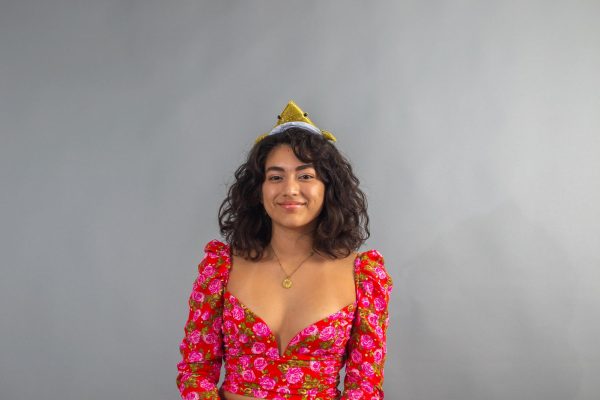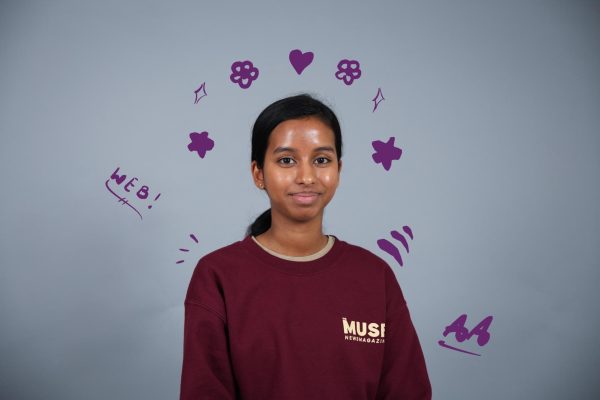Ethics of Artificial Intelligence
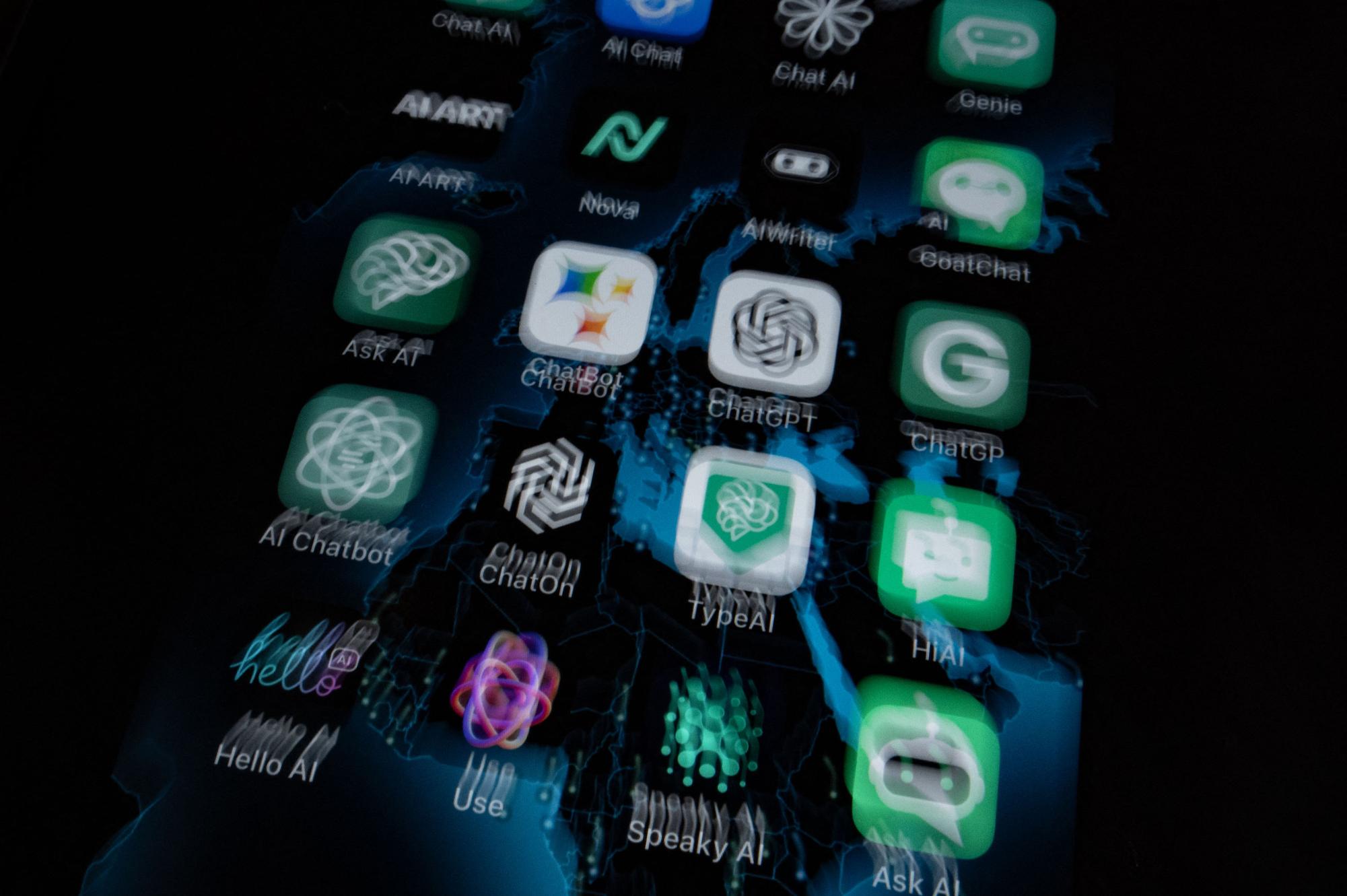

Artificial Intelligence (AI) is taking the world by storm, and it is no surprise that people, especially students, are integrating it into their daily lives.
Right now, the use of AI is at its peak. By 2024,,“the number of AI-powered assistance is expected to be over 8.4 billion,” according to Federica Laricchia, a research expert covering the global consumer technology industry. With this being said, it is no surprise to see the integration of AI in students’ daily lives. The use of AI is nearing its point of inevitability, so we as students should start incorporating it into our academic and artistic lives.
To boil it down, AI is reaching the forefront of our education system, regardless of who agrees with it and who does not. Because of this, our schools must begin working with AI, not against it.
With the rise in AI comes new methods of use and forms, including ones that are widely used in schools today. Some examples of education-based AI include, but are not limited to: Carnegie Learning, Smart Learning, Adaptive Learning, Personalized Learning, and Learning Management Systems.
“By utilizing AI for planning, automation, and workflow support, educators can optimize their time and resources, ultimately improving the quality of education they provide,” the California Department of Education said.
Students should integrate the use of AI into their academics as it is a resource that is constructive to learning. For example, if a student wants to understand a concept that was not heavily covered in class, they can use AI as an interactive, real-time tool to aid them in grasping the topics. AI contains elements that significantly boost engagement, which facilitates in-depth learning.
Along with that, we live in a world where students’ brains each work and function differently. Because of this, not everyone will be able to understand the same information at the same pace. This is where AI comes in. AI contains the ability to cater to various audiences’ cognitive abilities. It can bolster student interactivity, which leads to deeper understanding, as well as a significantly improved retainability of information.
“AI can personalize learning by tailoring lessons to individual students’ needs, providing immediate feedback, and offering guidance,” said Robin T. Greene-Harper, a learning experience designer with over 15 years working in both academic and corporate-based settings. AI supports students’ learning through features commonly found in classrooms, such as interactive systems, visual aid, and clarification.
In a learning environment, AI aids students with grasping concepts. AI systems come with interactive elements that heighten the learning experience, allowing students to engage in one-on-one simulations. Experiences like these, especially outside the classroom, significantly help students’ cognitive abilities in the long run. Platforms under OpenAI help students improve their learning experiences. For example, if a student has an urgent question on a concept they could not grasp the day before an exam, they can use AI to not only respond with an answer, but to provide the answer in a detailed format. In terms of creativity, AI is interactive in the sense that it can readily answer questions that students may have.
Some may argue that AI spreads misinformation, leading to students gathering the wrong information. However, we must first understand what AI actually is before holding it accountable. According to Colorado State University Global, “AI systems work by combining large sets of data with intelligent, iterative processing algorithms to learn from patterns and features in the data that they analyze.” Theoretically, what AI is doing is analyzing human-sourced data and generating it into a form we can understand. Therefore, AI does not know what’s right and wrong — any misinformation would come straight from humans themselves.
Critics of AI also argue that it can never replace a human artist’s work. While AI cannot replace human efforts, we as artists can integrate the use of AI into our majors to supplement our work. Therefore, we have the ability to control whether AI can take precedence over our own work. We can do this by using AI to help generate abstract patterns, generate unique compositions, craft engaging narratives, create concept breakdowns, and more.
Students can use AI in their music as it can help them balance audio levels, improve compositions, and even work with the musician to cooperate on duet pieces. For example, if a violinist composed a piece of music intended to be played as a duet, but did not have another person, they could use AI to aid them in that duet. Examples of specific AI programs include: Amper Music, AIVA, Soundful, Ecrett Music, Soundraw, Boomy, Loudly, and WavTool.
With visual arts, artists can use AI to automate processes such as colorization, model digital sculptures, expand the possibilities of creative borders, and serve as an easy way to display and reference artwork before it is finished. In fact, AI can help artists with the very beginning of their creations by generating unique ideas that an artist can transfer to their canvas.
Technology is the embodiment of our era. There is no denying that we are in a world where technology is a dominating factor. With this being said, there is no reason why we should not already begin the incorporation of AI into students’ lives, for their benefit.
AI proves to be a useful tool that students should be integrating into their academics and arts as it helps students succeed through interactive learning and creative empowerment. We should stop avoiding the inevitable and start utilizing what’s on the table.
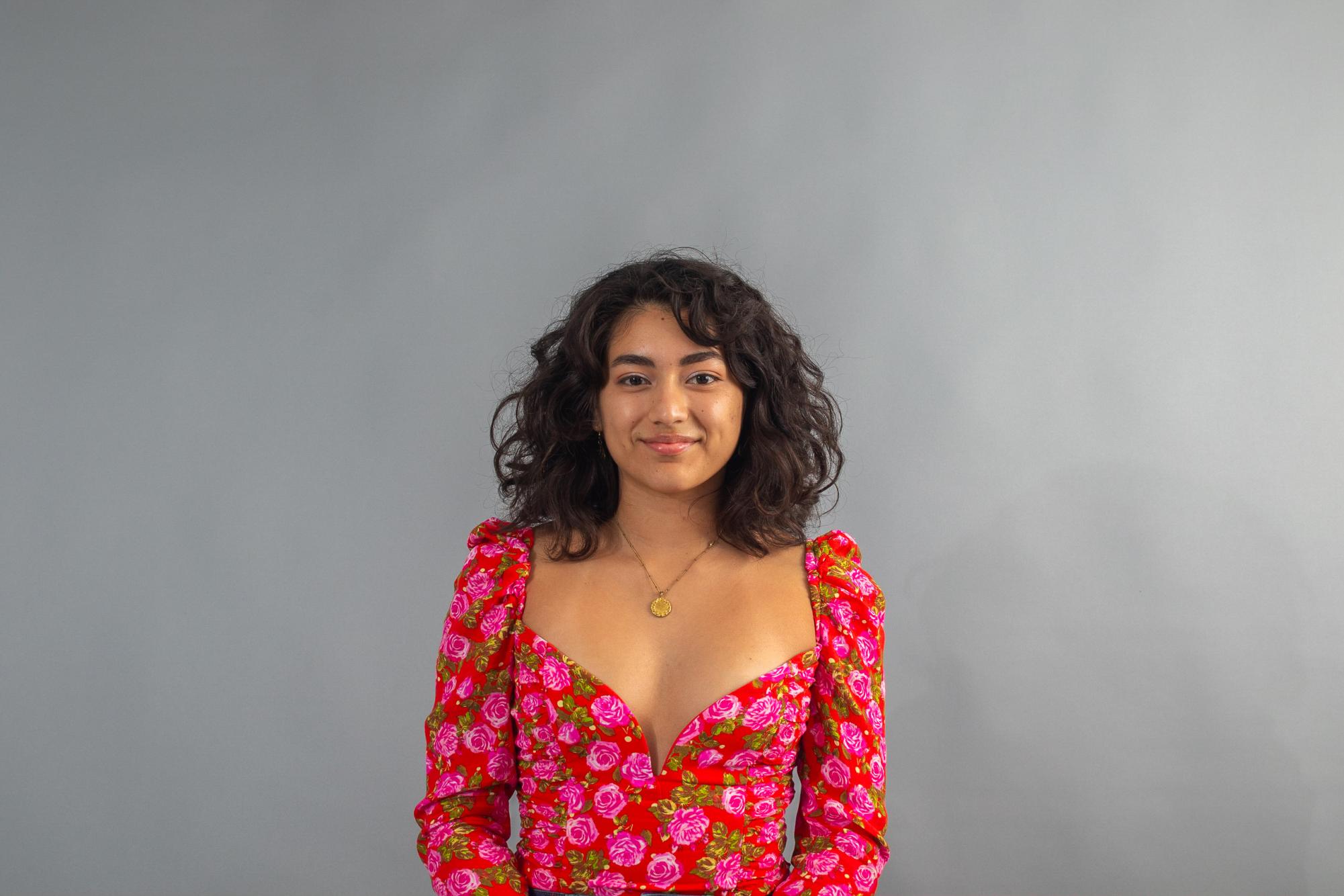
In the story, Siva Vaidhyanathan’s name was written as Sava Vaidhyanathan. His name is Siva Vaidhyanathan. This has been rewritten with the correct name.
For performing arts students who go to school to create personal pieces, the use of AI defeats the purpose of their work.
Personality is demonstrated through an artist’s painting, a dancer’s moves, and a musician’s style. However, you cannot program a computer to develop unique characteristics.
Derek Curry, an associate professor of art and design at Northeastern, believes that AI does not have the capacity for creativity like people do. “It can’t produce anything that it hasn’t already been trained on, so it’s impossible for it to create legitimately new things,” Curry said. AI’s name already explains what it is: artificial. Replacing art with AI would result in forgetting creativity. Computer generated art is simply not art, just a code. Schools encourage students to express themselves creatively with their own ideas and inputs. By using AI as a replacement medium, students will forget what it means to look within themselves and add detail work in their own way.
According to The Smithsonian Magazine, video game designer Jason Allen submitted “Théâtre D’opéra Spatial” to the 2022 Colorado State Fair Fine Arts Competition, with completely AI generated artwork. Allen used an AI program called Midjourney, which reformats text into images. Even in our school community, AI is seeping its way into high school art competitions. There are now categories where AI is judged the same way as student-produced work. This comparability is offensive to artists who spend hours creating work from their heart, when computers may take a couple of seconds.
Allen entered “various words and phrases…which then produced more than 900 renderings for him to choose from,” into the program. Allen chose three renderings to continue working on in Photoshop and after “boosting their resolution using a tool called Gigapixel,” Allen printed the works on canvas.
One of the problems with AI is how it places current jobs at risk. I fear that despite the innovative advancements, careers would ultimately be lost. In addition, the fears of technology taking over other industries would grow and the future of artists like myself will cease to be recognized.
With new technology such as ChatGPT, students are equipped with tools that allow them to easily plagiarize AI work and put no effort into learning on their own. Further use of AI technology in schools can become a threat to credibility. If AI becomes a tool for students to write their content, their work becomes less personal and more unimaginative, putting the viability of student run publications at risk.
According to Siva Vaidhyanathan, professor of Media Studies at the University of Virginia and writer for The Guardian, he and fellow teacher assistants have “caught four examples of students using Artificial-Intelligence-driven language programs like ChatGPT to complete short essays.”
AI enables students to skip the learning process and go straight to their assignments. By incorporating AI, students miss out on their own education. While they may view this technology as an easy way to an “A,” their fraudulent efforts produce invalid results.
In an article about how his students use AI in class, Vaidhyanathan mentions how the essays students turned in had many errors structurally and grammatically. Some of the students’ essays did not even respond accurately to the prompt for the assignment, proving that even a computer can make mistakes.
AI is made from the information its programmers give it, meaning there is nothing original created by the computer. Wouldn’t that mean we are only mirroring our own capabilities to ourselves? The technology is built off of prior knowledge. We need to hold on to humanity — it is what keeps us together.
Your donation will support the student journalists of Dreyfoos School of the Arts. Your contribution will allow us to purchase equipment and cover our annual website hosting costs.
-
 OPINIONPolitics is BRAT
OPINIONPolitics is BRAT -
 OPINIONFinding the Perfect Palm Beach
OPINIONFinding the Perfect Palm Beach -
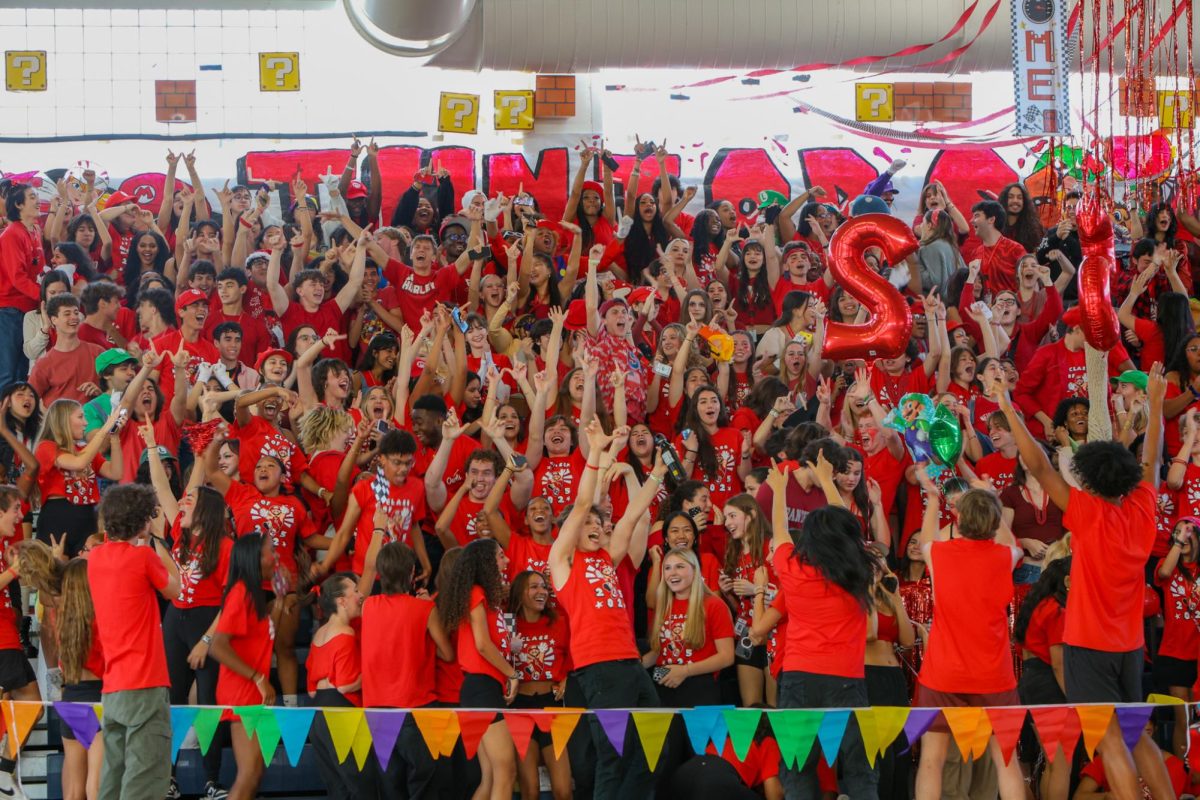 OPINIONTerrifically Themed Teams
OPINIONTerrifically Themed Teams -
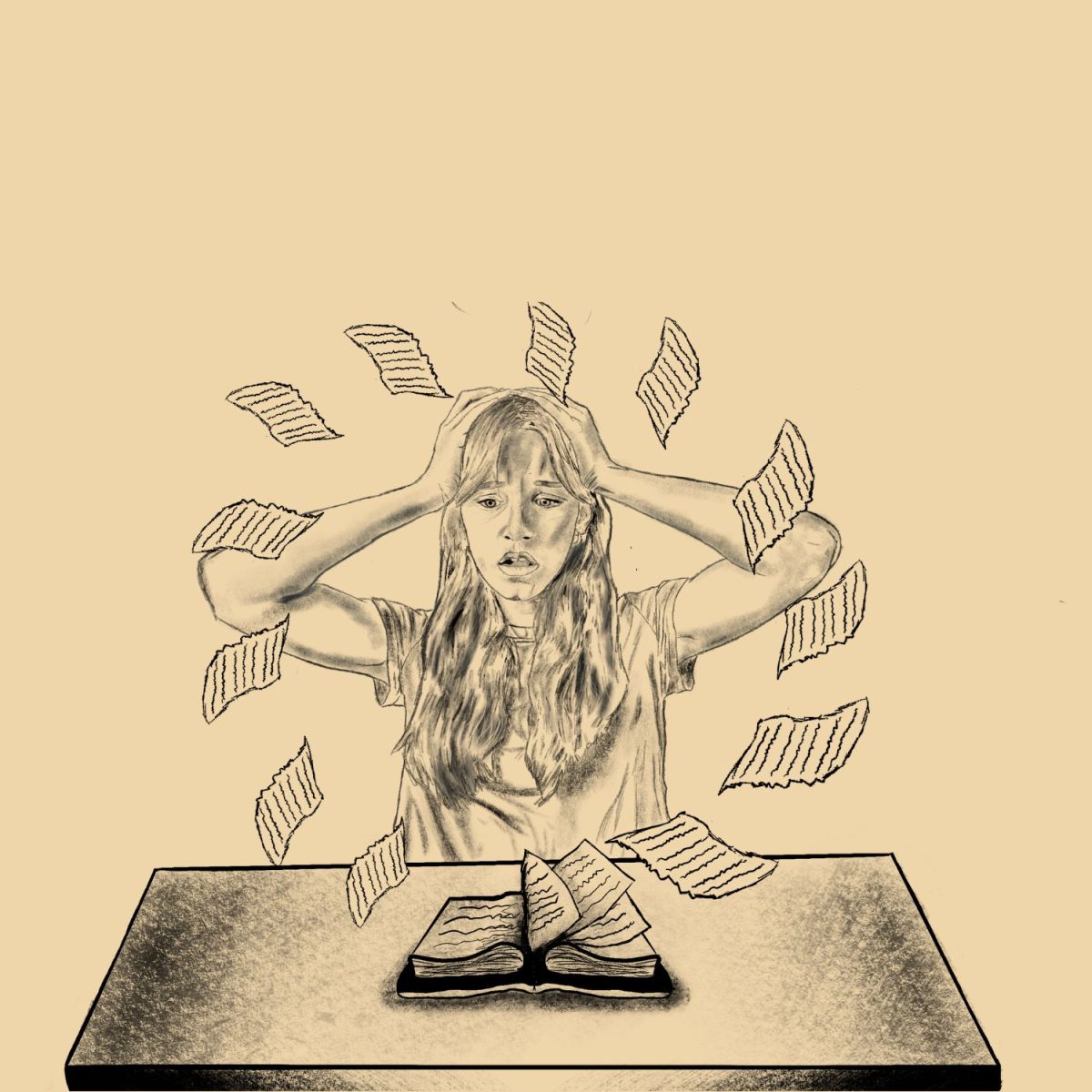 OPINIONWe've Lost the Plot
OPINIONWe've Lost the Plot -
 OPINIONWe Have No Shock Left
OPINIONWe Have No Shock Left -
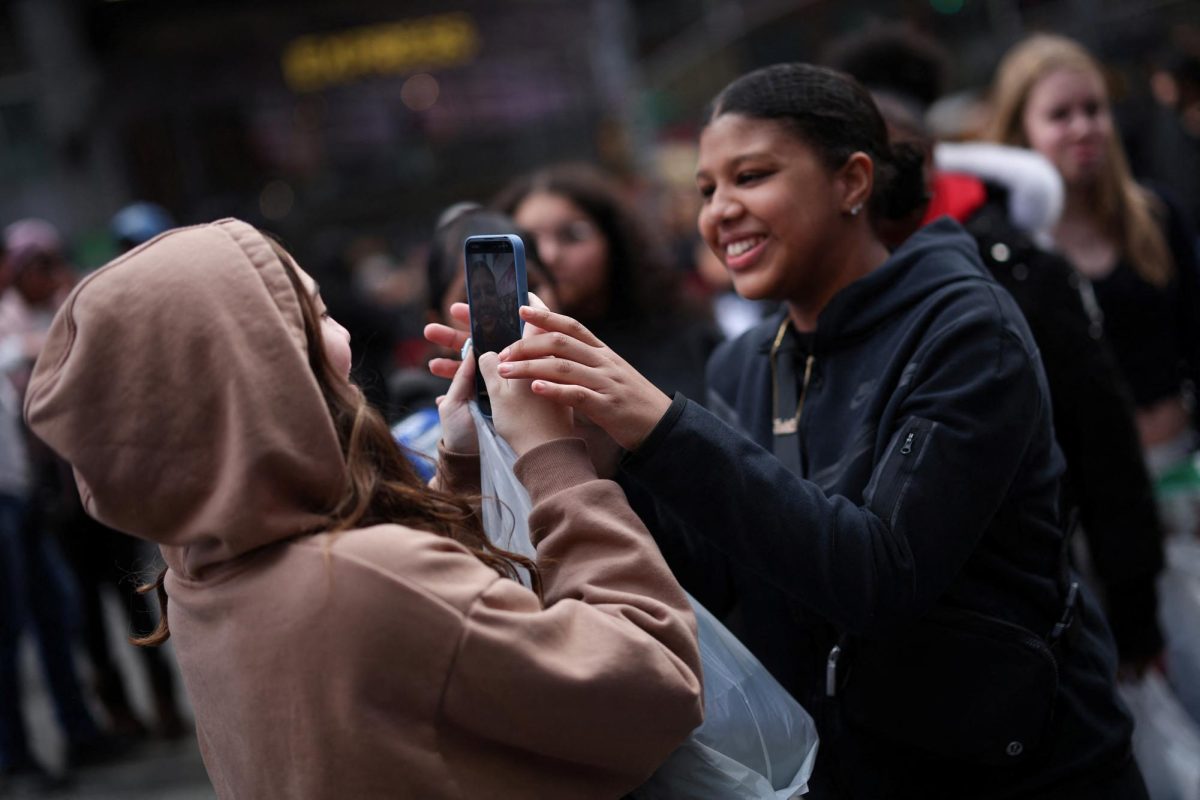 OPINION[EDITORIAL] We Need Access to Social Media — It’s No Surprise the Florida Government Wants to Take It Away
OPINION[EDITORIAL] We Need Access to Social Media — It’s No Surprise the Florida Government Wants to Take It Away -
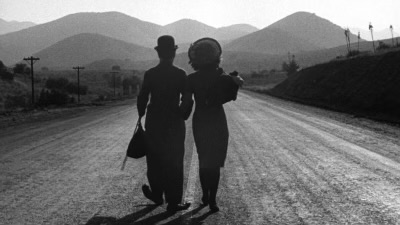 OPINIONWhy Some Movies Last Forever
OPINIONWhy Some Movies Last Forever -
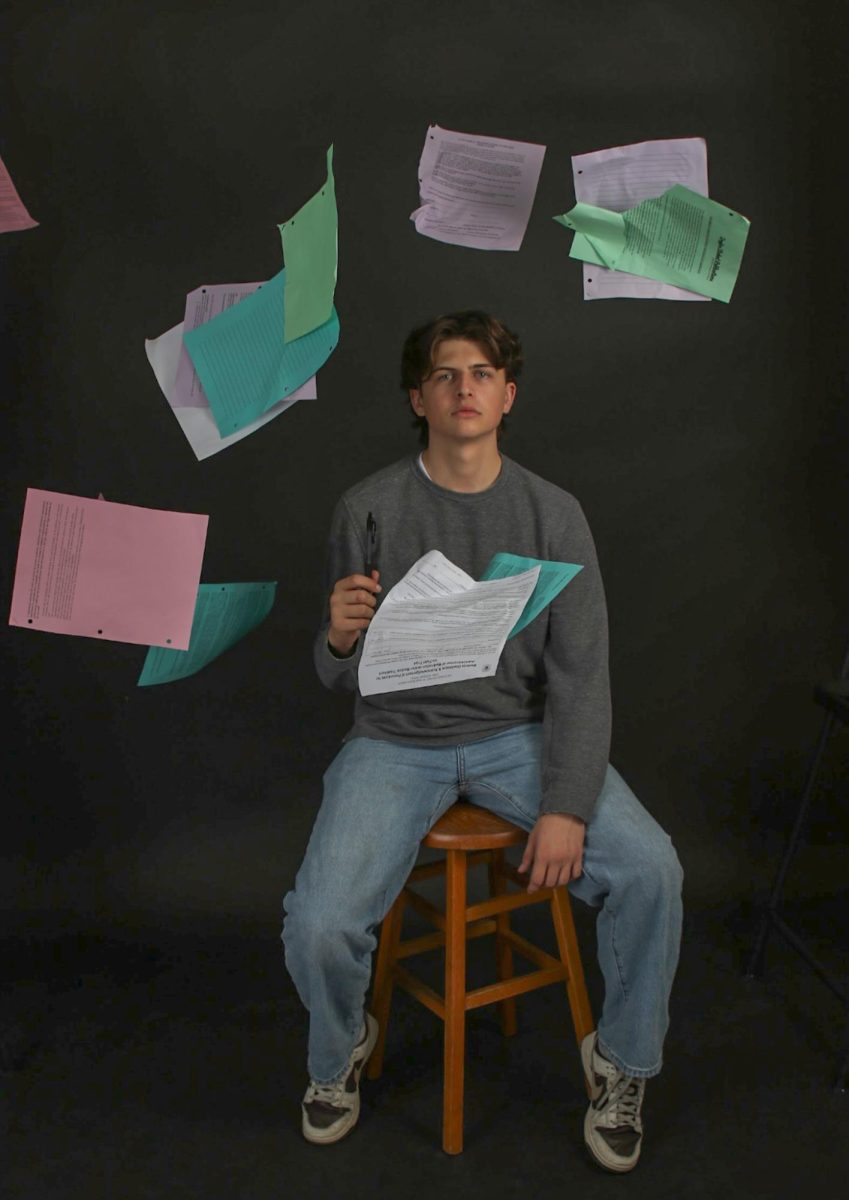 OPINIONThe Wrongs of Parental Rights
OPINIONThe Wrongs of Parental Rights -
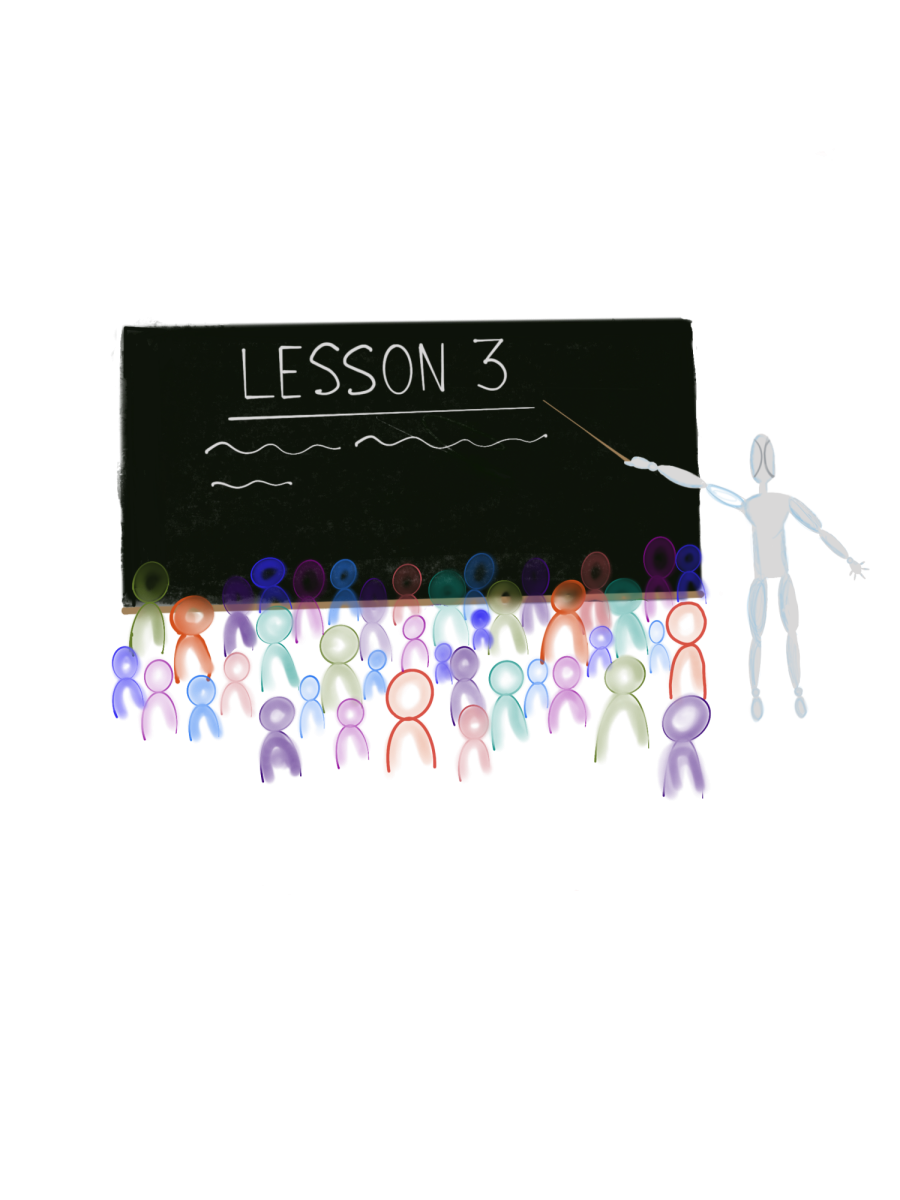 OPINIONProfessor AI
OPINIONProfessor AI -
 OPINIONBehind The Seams
OPINIONBehind The Seams -
 Top StoriesWhere the Classroom Meets the Court
Top StoriesWhere the Classroom Meets the Court -
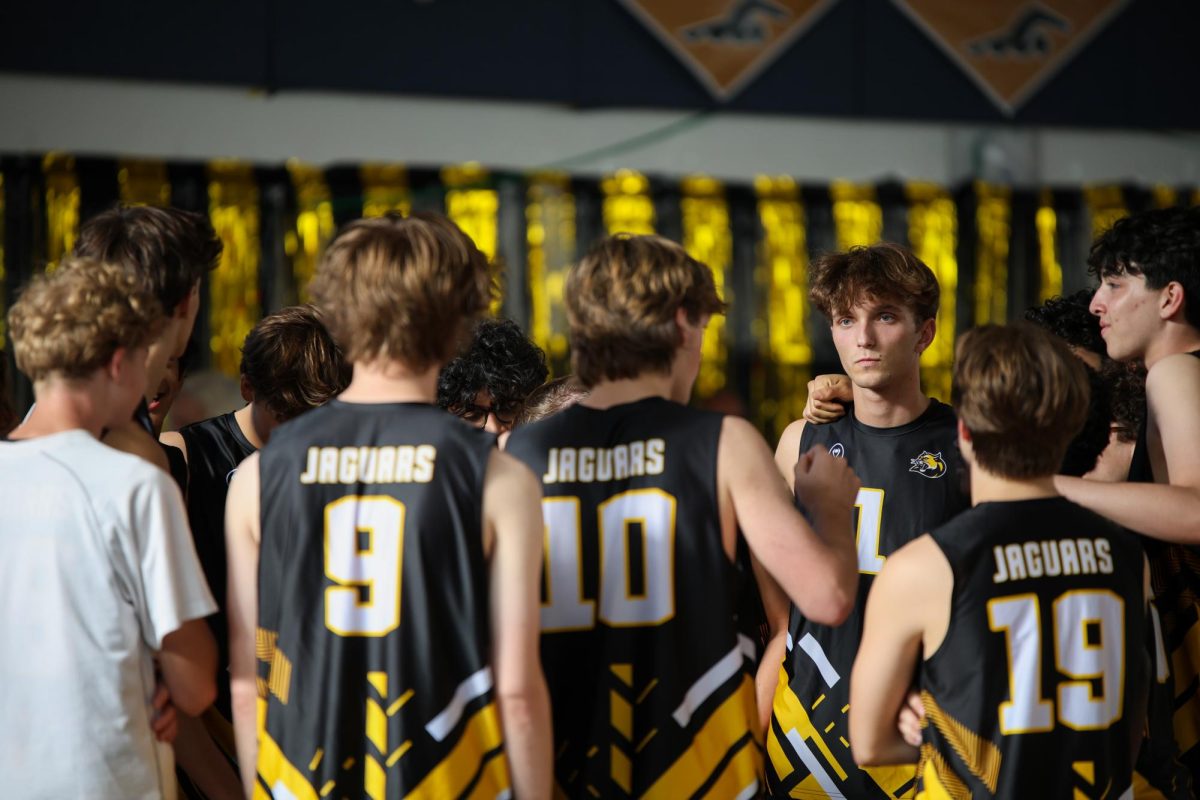 Top StoriesServing Up for Senior Night
Top StoriesServing Up for Senior Night -
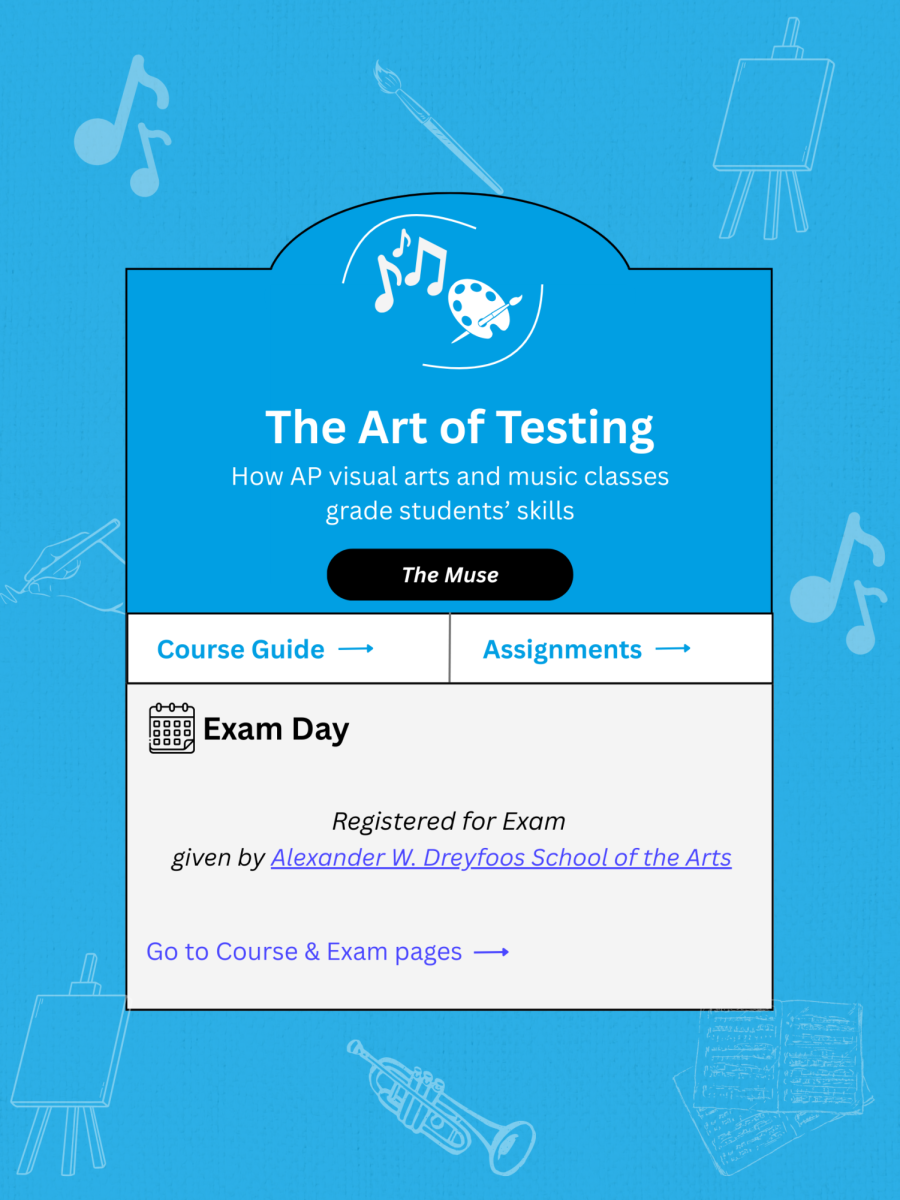 Top StoriesThe Art of Testing
Top StoriesThe Art of Testing -
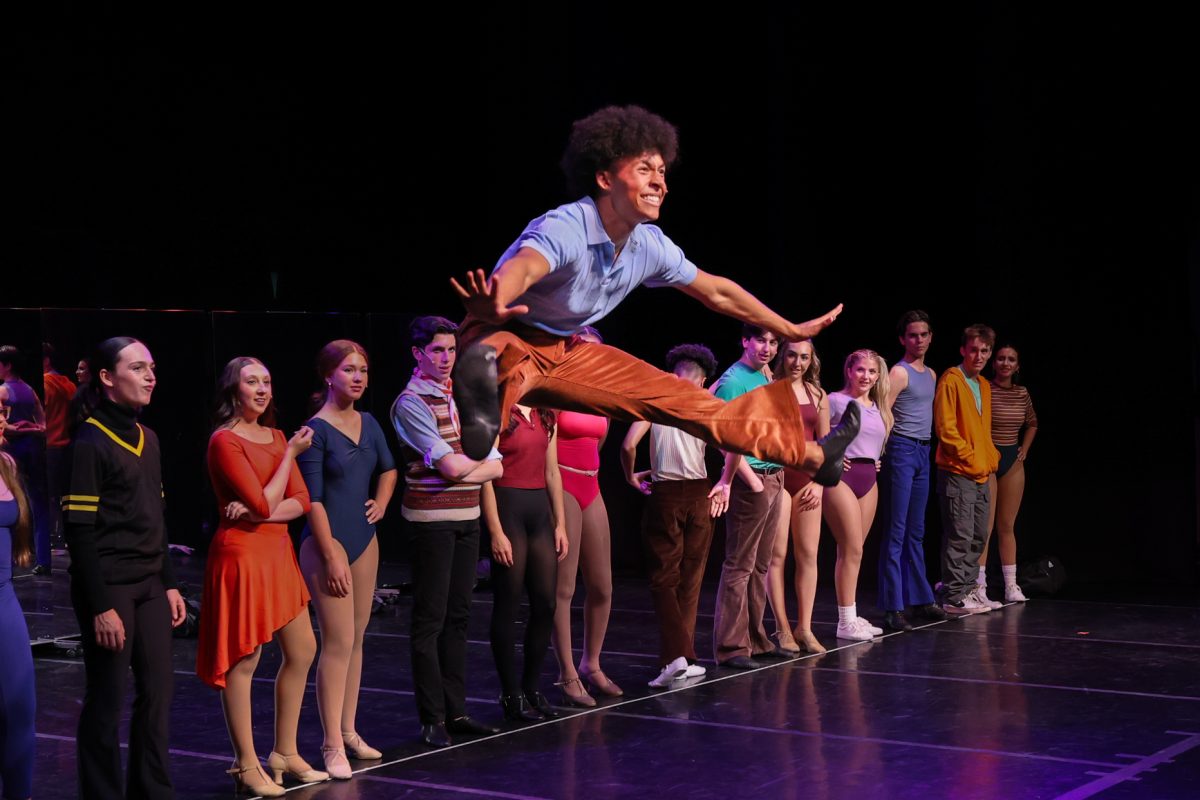 Top Stories'One Singular Sensation'
Top Stories'One Singular Sensation' -
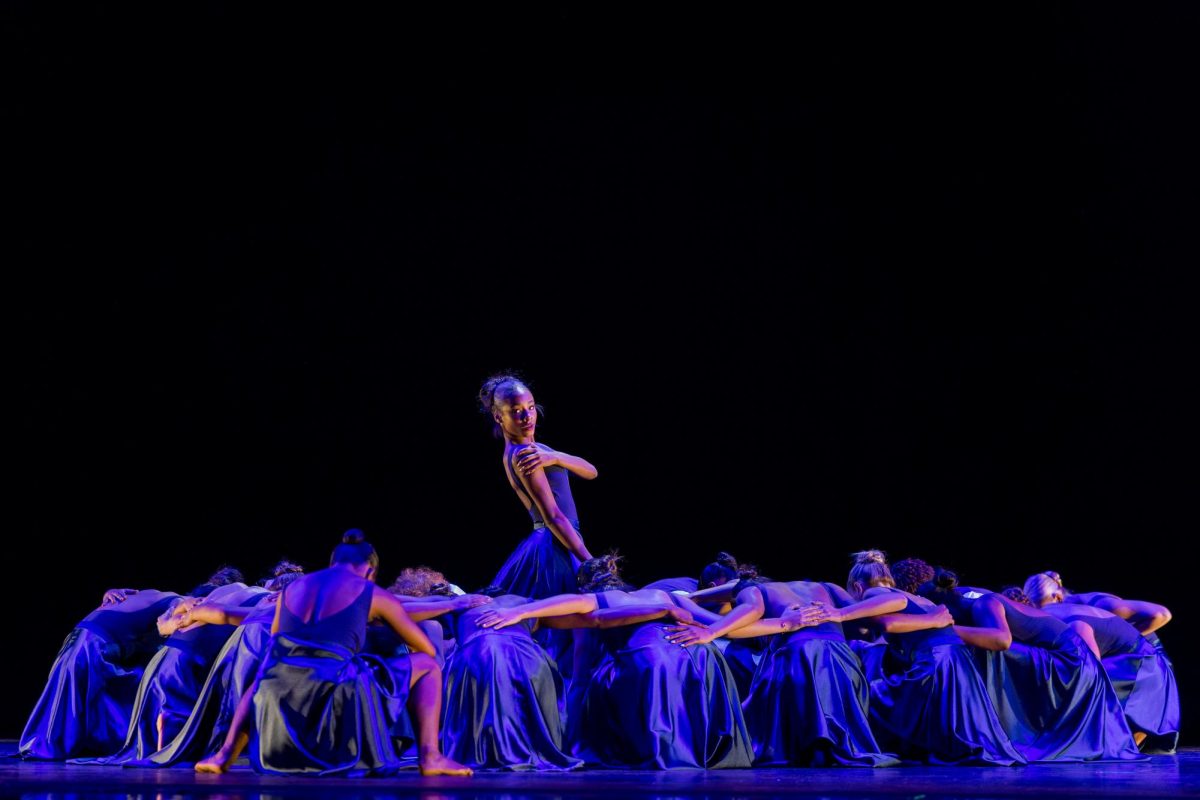 Top StoriesSpringing Onto the Stage
Top StoriesSpringing Onto the Stage -
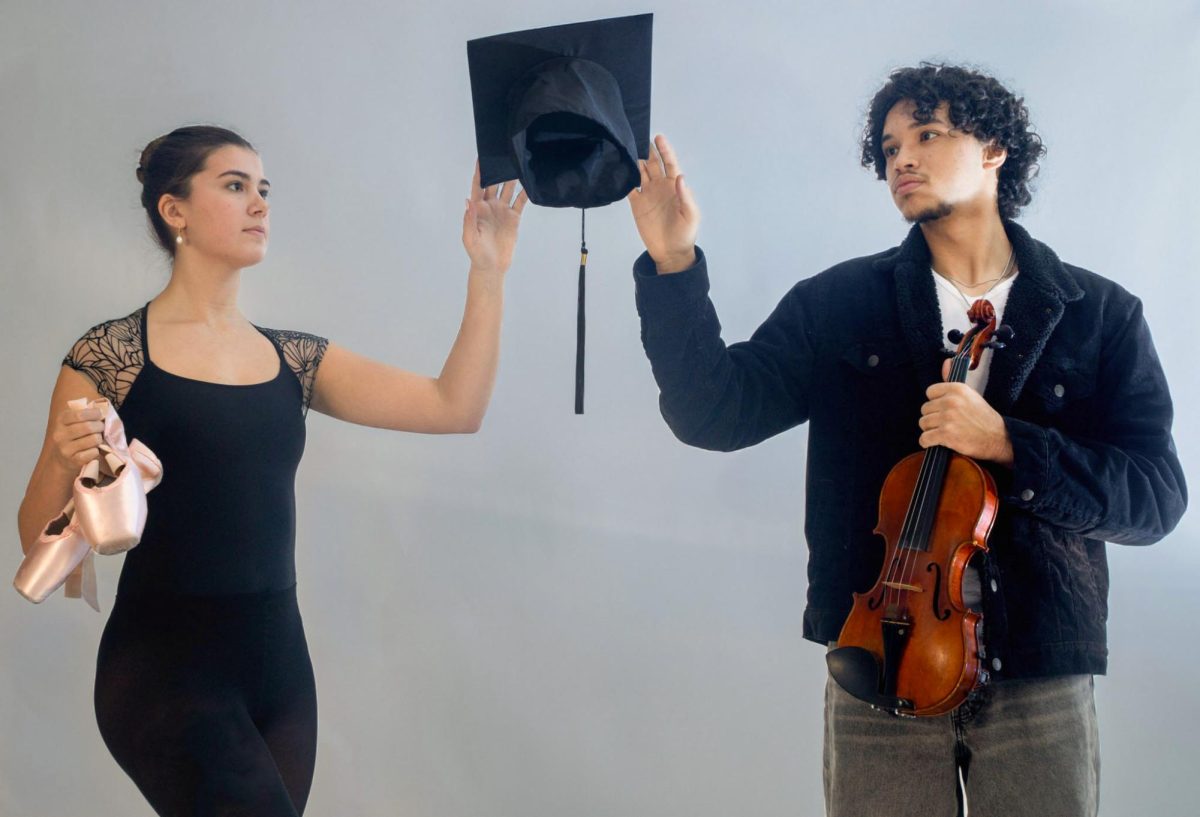 Top StoriesBrushstrokes, Burnout, and Balance
Top StoriesBrushstrokes, Burnout, and Balance -
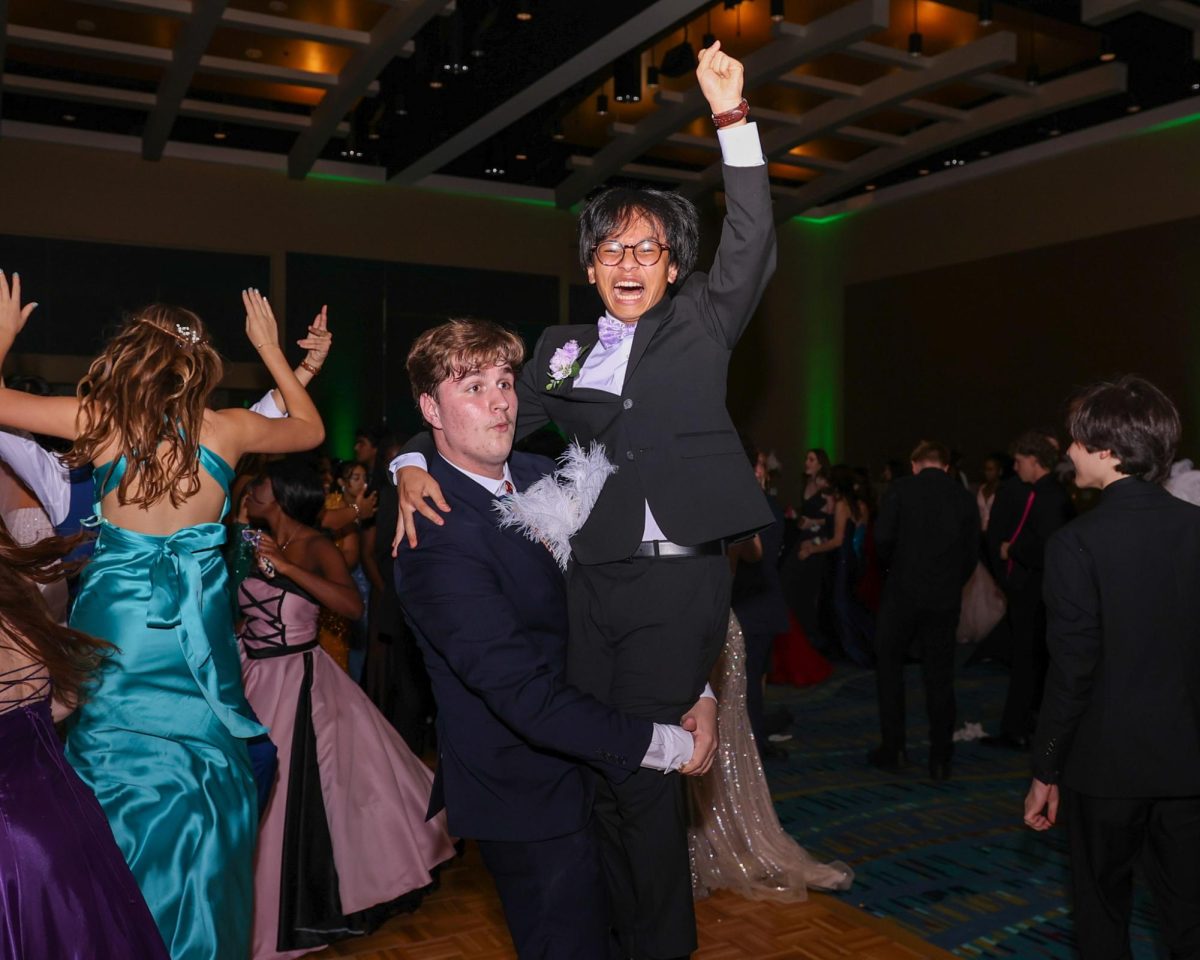 Top StoriesProm at Gatsby’s Mansion
Top StoriesProm at Gatsby’s Mansion -
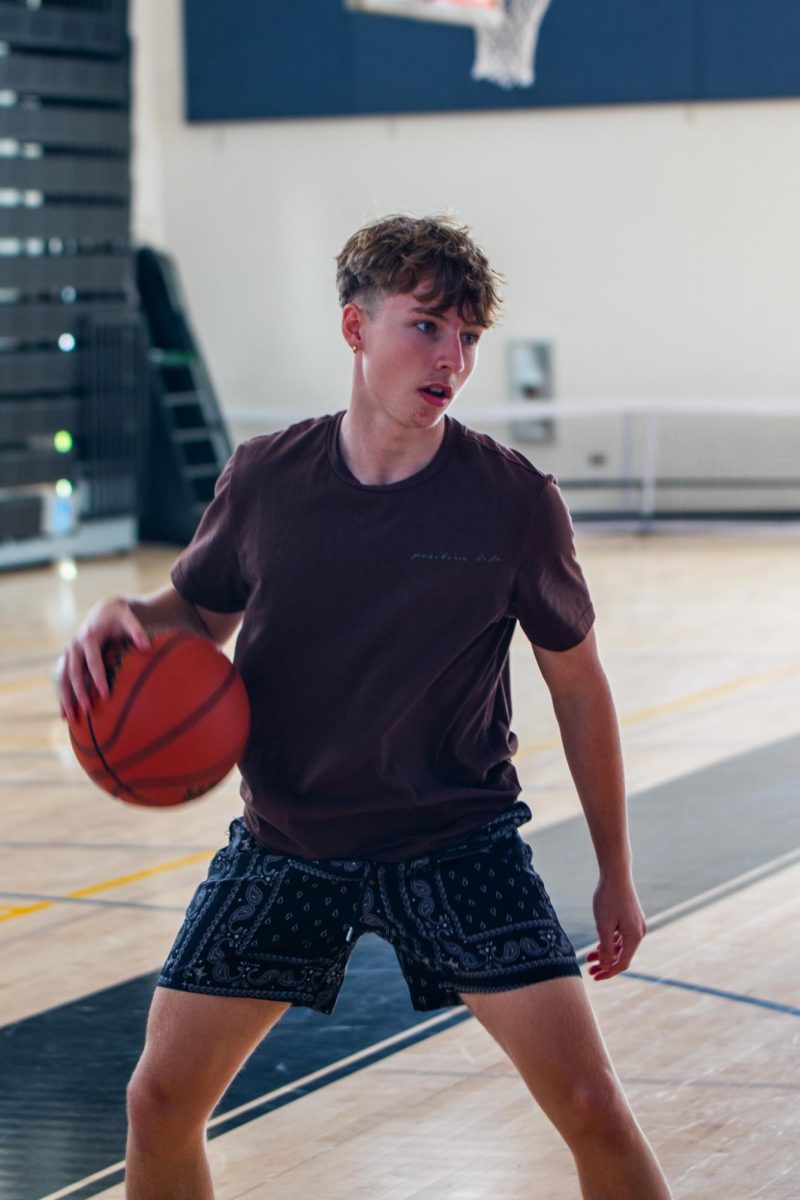 Top StoriesLunch League Of Their Own
Top StoriesLunch League Of Their Own -
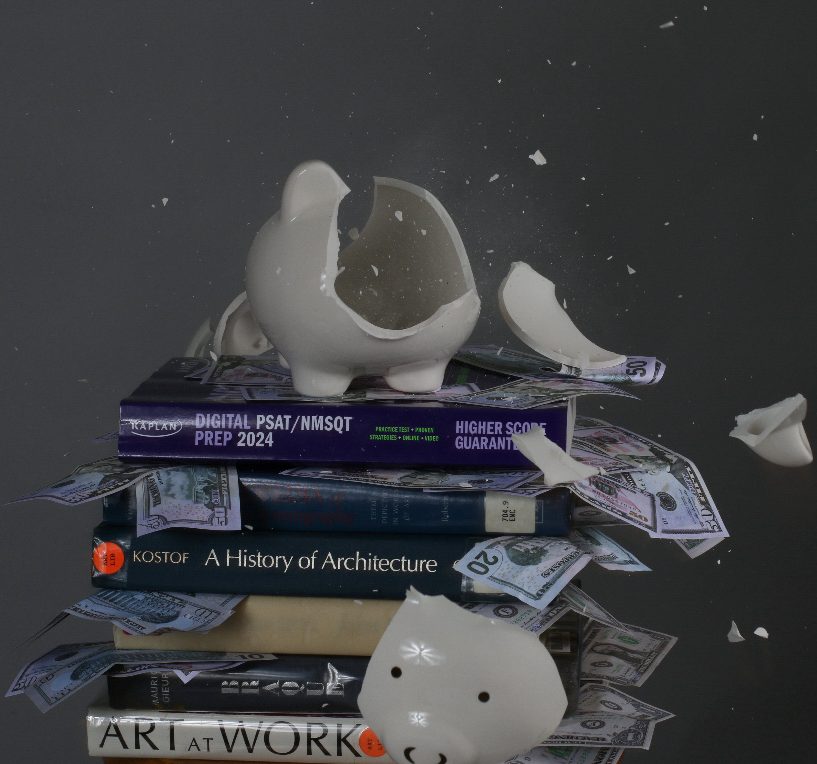 Top StoriesThe Cost of Success
Top StoriesThe Cost of Success -
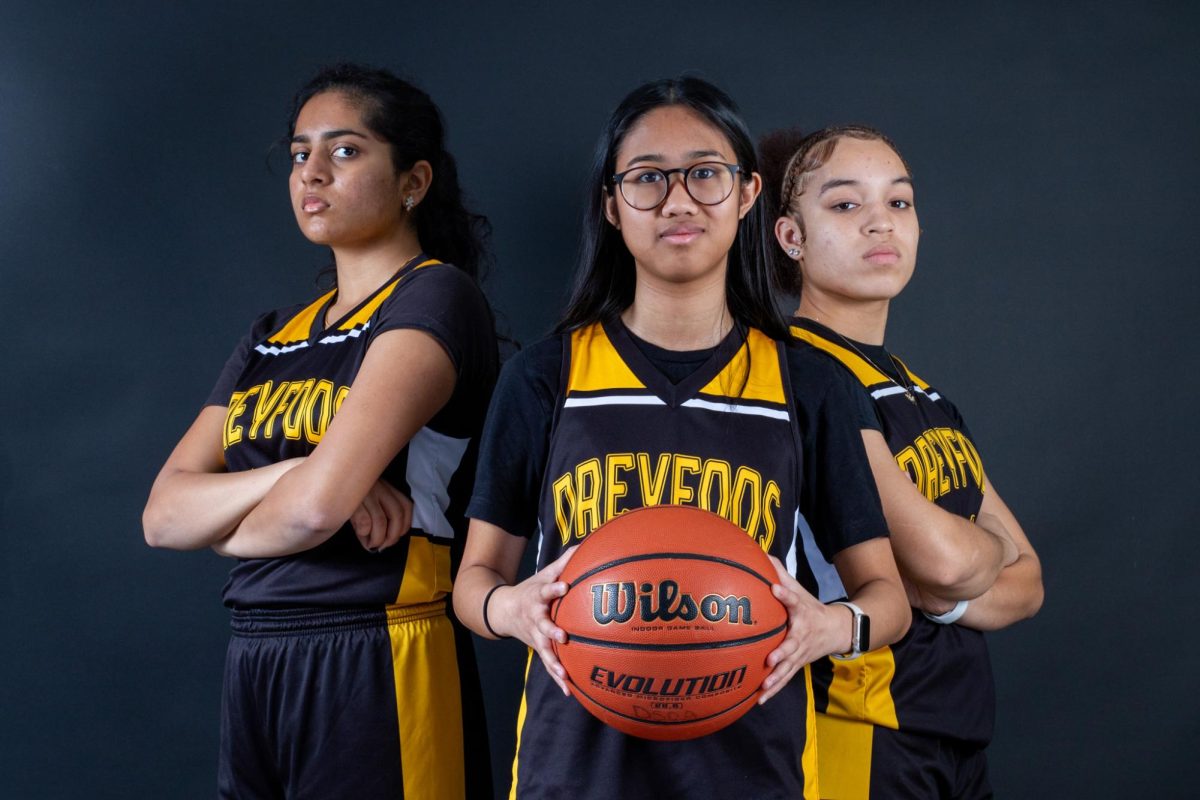 Top StoriesDribbling Through Time
Top StoriesDribbling Through Time -
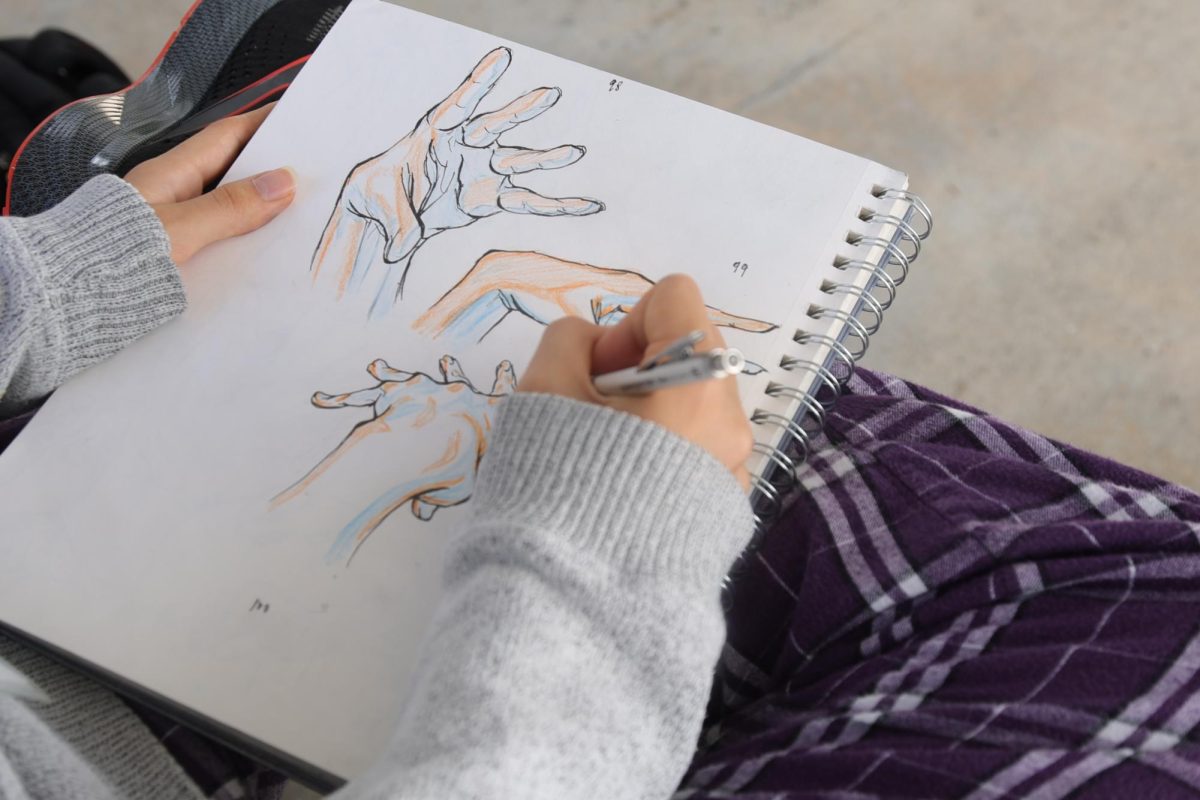 UncategorizedAnimating with Intelligence
UncategorizedAnimating with Intelligence -
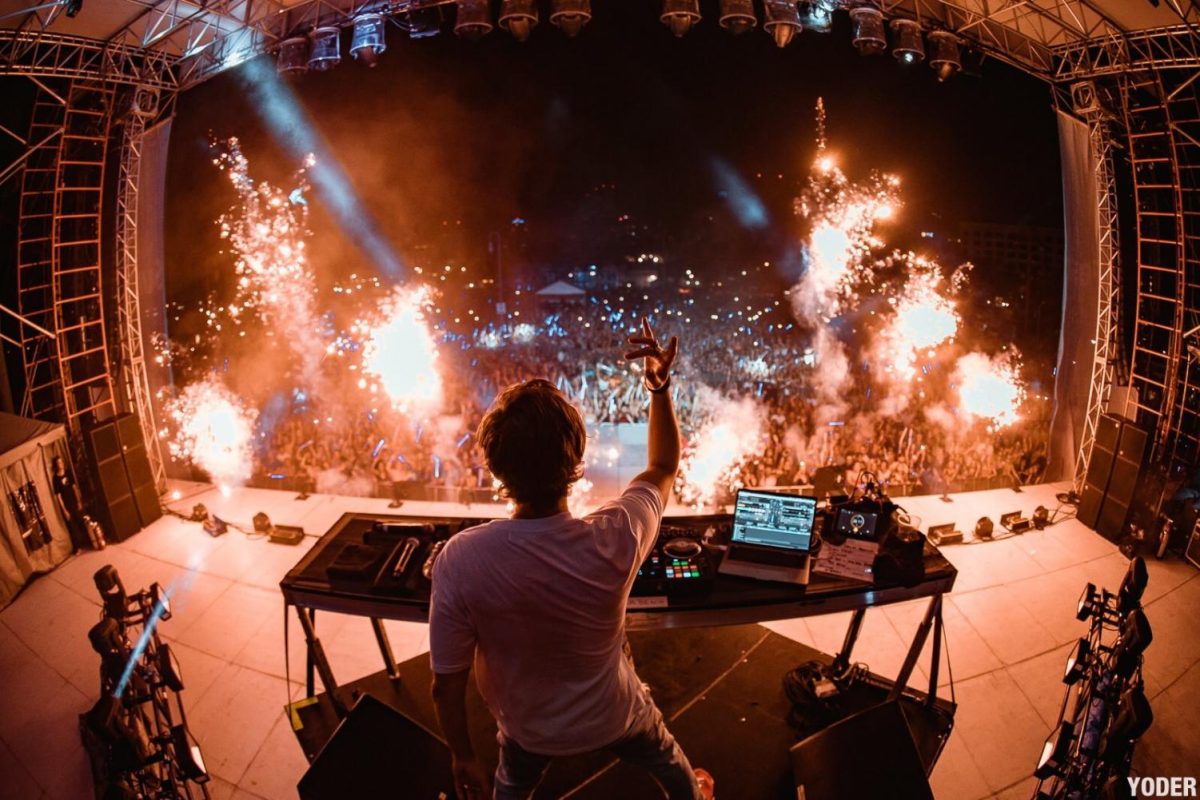 UncategorizedSunFest Through the Years
UncategorizedSunFest Through the Years -
 UncategorizedGive ‘The Tortured Poets Department’ Another Listen
UncategorizedGive ‘The Tortured Poets Department’ Another Listen -
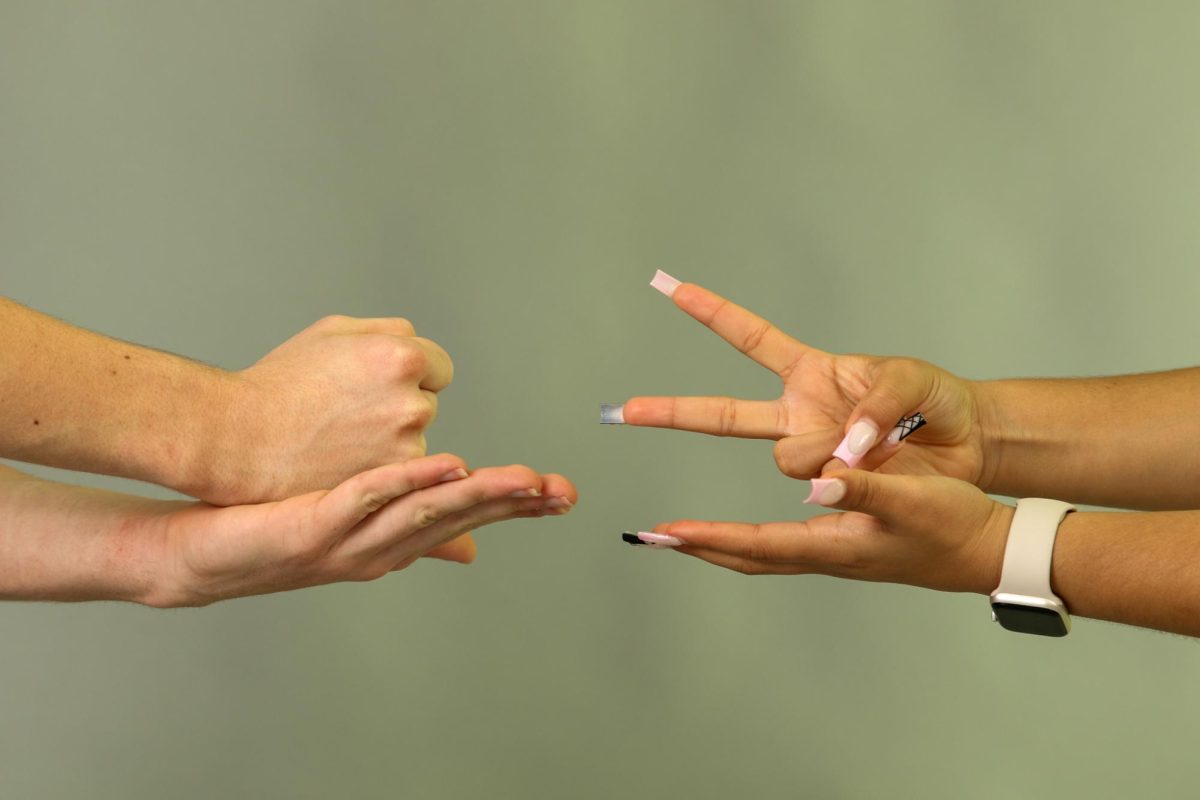 Uncategorized[SATIRE] How To Win Rock, Paper, Scissors
Uncategorized[SATIRE] How To Win Rock, Paper, Scissors -
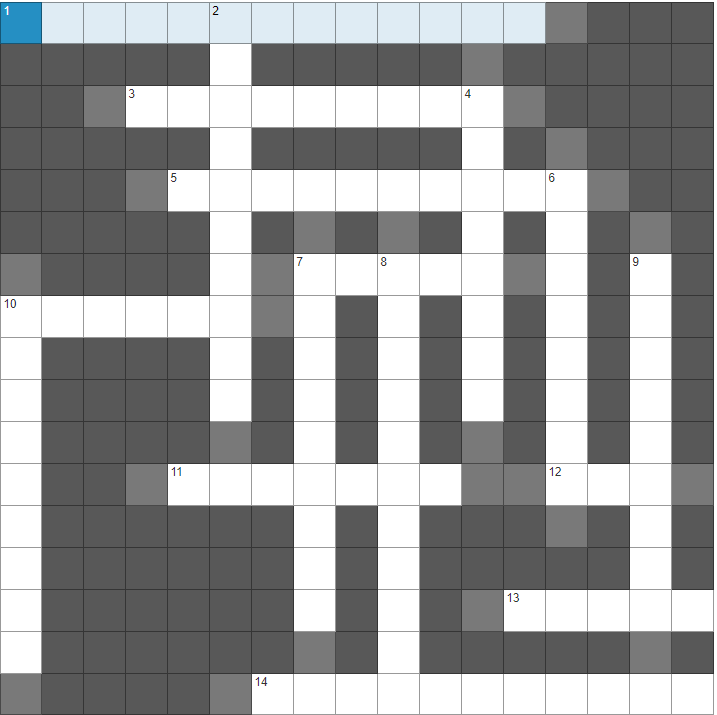 UncategorizedSpirit Week Crossword
UncategorizedSpirit Week Crossword -
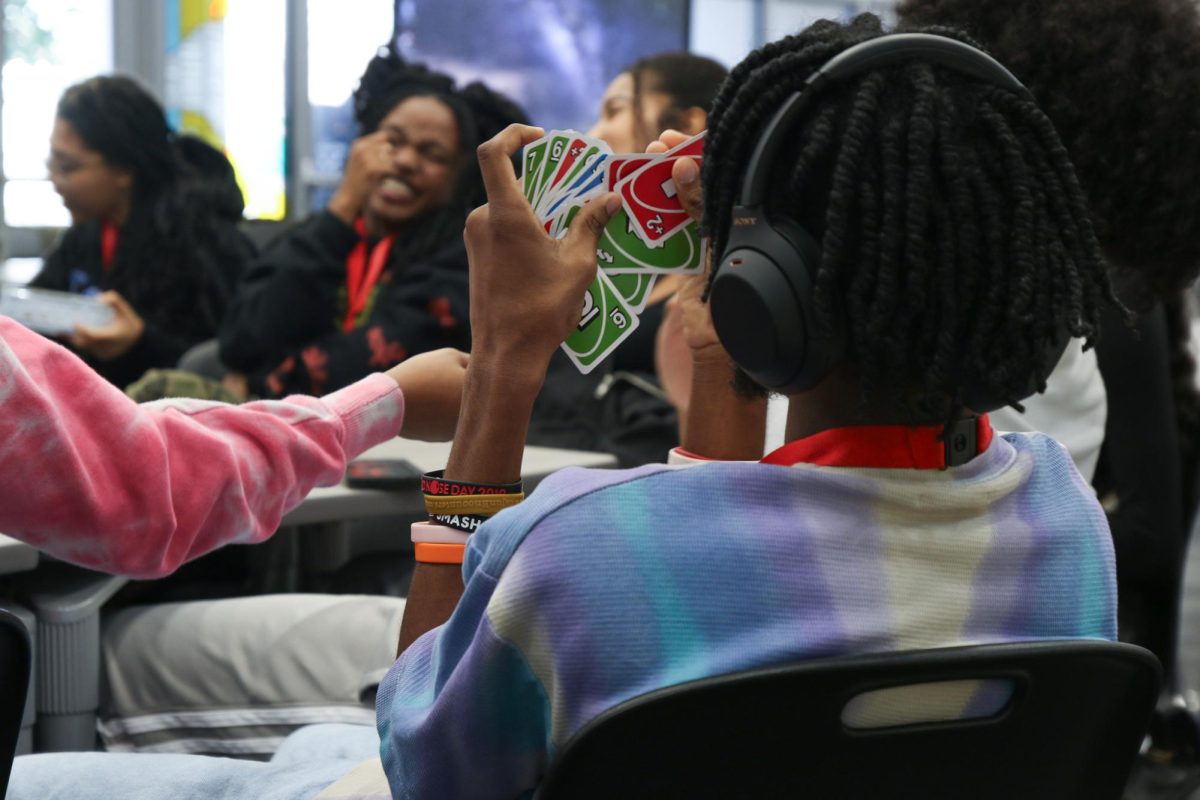 UncategorizedBuilding Community Through Board Games
UncategorizedBuilding Community Through Board Games -
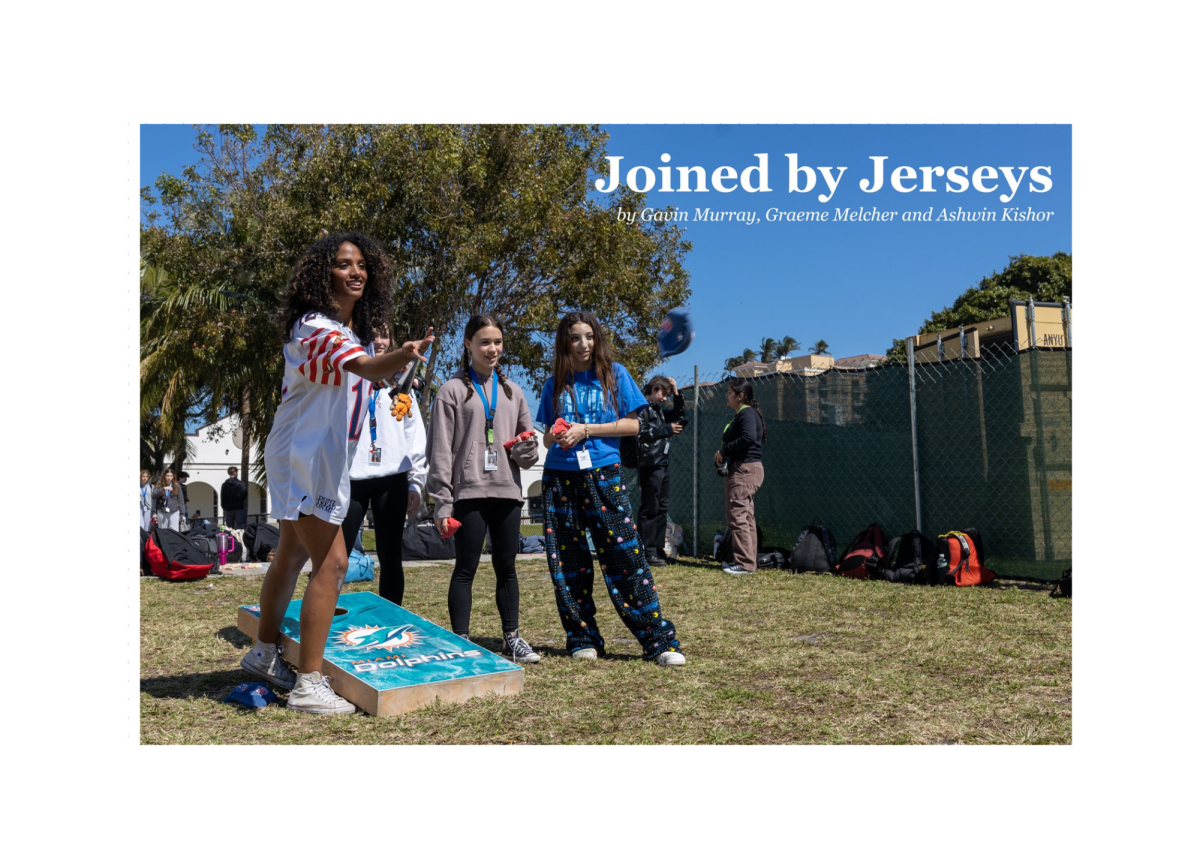 UncategorizedJoined by Jerseys
UncategorizedJoined by Jerseys -
 UncategorizedValentine's Day Polls
UncategorizedValentine's Day Polls -
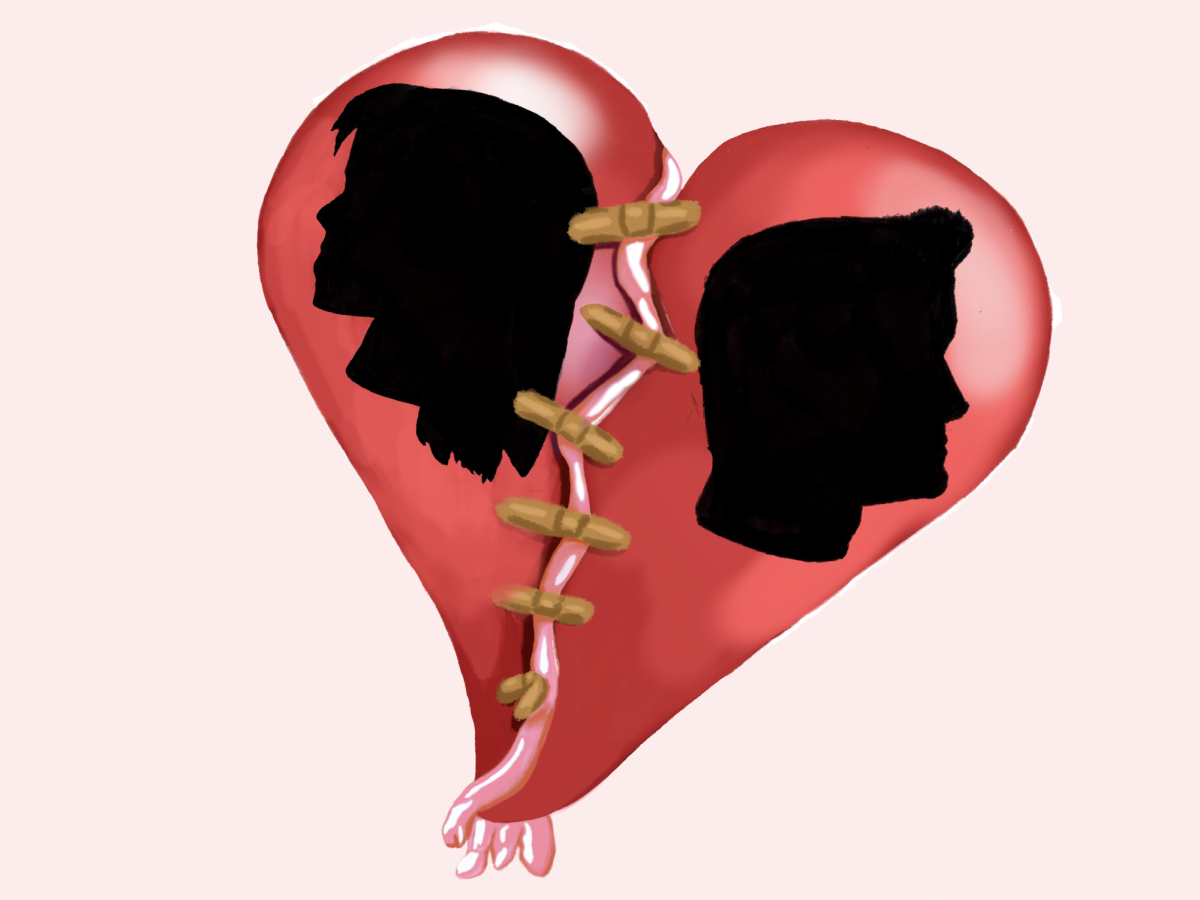 UncategorizedThe Art of Romance
UncategorizedThe Art of Romance -
![[BRIEF] Class of 2024 Top 20](https://www.themuseatdreyfoos.com/wp-content/uploads/2023/10/breaking-news-1200x927.png) Uncategorized[BRIEF] Class of 2024 Top 20
Uncategorized[BRIEF] Class of 2024 Top 20
